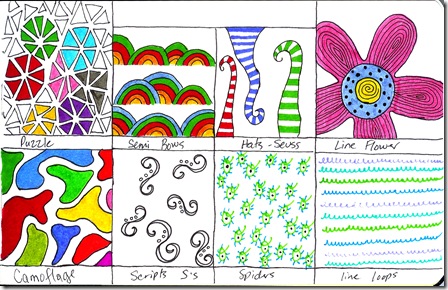
Well, the research suggests that even mindless doodling can stimulate focus. While doodling, you’re also deploying visual and kinaesthetic learning styles: that means you’re processing the information in three different ways, allowing you to come to a more sophisticated and rounded understanding of the key concepts. You’re definitely still processing information, but on a purely auditory level. Imagine you’re in a meeting, and you’re listening to what’s being said.

In addition to improving focus, doodling helps us process information on multiple levels. No wonder Sunni Brown, author of ‘The Doodle Revolution’, calls doodling ‘a thinking tool’. Doodling provides just enough distraction to relax our brains, enabling them to stay sharper for longer. The theory goes that paying continuous attention to something for too long actually overstrains our focus and causes it to falter. According to research, doodling actually enhances our ability to process and retain information. The group who doodled while they listened performed much better, recalling 29% more information than the other group. Afterwards, they were tested on how well they could recall the information relayed in the message. The other group were asked to perform a simple doodling exercise while they listened.

In a 2009 study, two groups were asked to listen to a long voice message left on an answering machine.

So, is it time to break out the coloured pens and start scribbling through your next meeting? Let us walk you through it, in the Doodle guide to…well, doodling! Research increasingly shows that doodling, rather than being a waste of time, actually helps us to organise our thoughts, synthesise complex webs of information, and enhances productivity. Nike CEO Mark Parker is famous for doodling during meetings. Did you ever get in trouble at school for doodling on your notebook during class? Well, times have certainly changed.


 0 kommentar(er)
0 kommentar(er)
